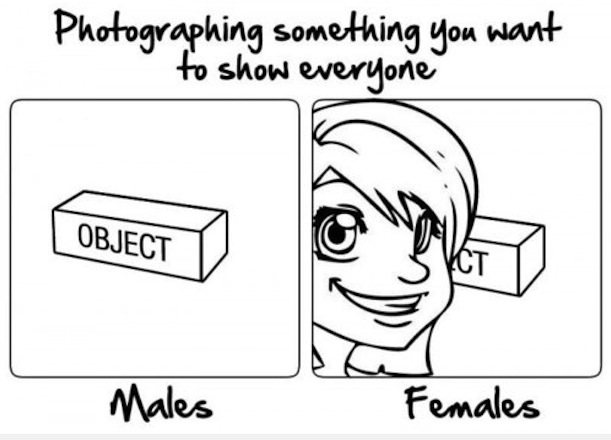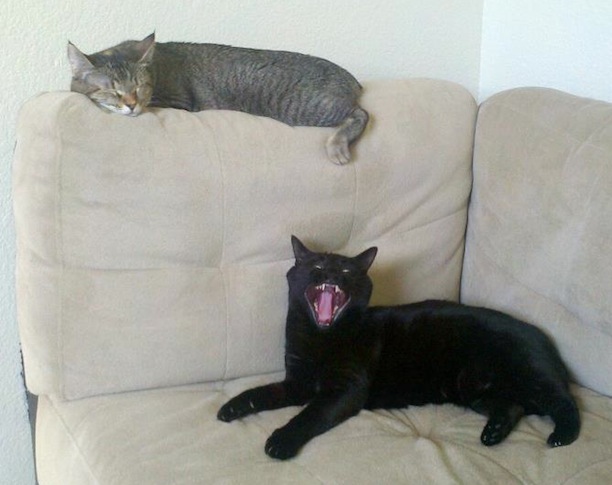20 Science Facts And Their Profound Reflections

1. The only fresh foods that astronauts are allowed to take into space are pecan nuts.
Is it because they’re astro-nuts?
2. There are ten human body parts that are only three letters long; eye, hip, leg, arm, toe, ear, rib, jaw, lip, and gum.
Even ‘ten’ is three letters.
3. The daily heat output of the average man would boil 30 litres of freezing water.
Add another 10 litres if he watched Jessica Alba daily.
4. By 70 years old an average person will have shed 105 pounds of skin.
How much in dollars?
5. It takes 17 muscles to smile and 43 to frown so keep smiling it saves energy.
So constant frowning is a good exercise for the facial muscles.
6. Canned food was invented for the British Navy in 1813, but the first can opener wasn’t invented until 1870.
This may actually provide a clue to solving the puzzle – which came first, the chicken or the egg.
7. Large doses of coffee can be lethal. Ten grams, or 100 cups over 4 hours, is enough to kill the average human.
Not if it’s Starbucks, because no one can afford 100 cups.
Continue reading »
How To Start A Fight

One year, I decided to buy my mother-in-law a cemetery plot as a Christmas gift…
The next year, I didn’t buy her a gift.
When she asked me why, I replied,
“Well, you still haven’t used the gift I bought you last year!”
And that’s how the fight started…..
________________________________
My wife and I were watching Who Wants To Be A Millionaire while we were in bed.
I turned to her and said, ‘Do you want to have Sex?’
‘No,’ she answered. I then said,
‘Is that your final answer?’
She didn’t even look at me this time, simply saying, ‘Yes..’
So I said, “Then I’d like to phone a friend.”
And that’s when the fight started…
Continue reading »
The Male And Female Way Of Photographing Something

The camera is the image-forming device, and photographic film or a silicon electronic image sensor is the sensing medium. The respective recording medium can be the film itself, or a digital electronic or magnetic memory.
Photographers control the camera and lens to “expose” the light recording material (such as film) to the required amount of light to form a “latent image” (on film) or “raw file” (in digital cameras) which, after appropriate processing, is converted to a usable image. Digital cameras use an electronic image sensor based on light-sensitive electronics such as charge-coupled device (CCD) or complementary metal-oxide-semiconductor (CMOS) technology. The resulting digital image is stored electronically, but can be reproduced on paper or film.
Archives
- April 2023 (1)
- March 2023 (2)
- February 2021 (1)
- December 2020 (1)
- November 2020 (1)
- October 2020 (1)
- September 2020 (9)
- August 2020 (7)
- July 2020 (5)
- June 2020 (9)
- December 2019 (1)
- August 2019 (1)
- April 2019 (1)
- March 2019 (3)
- February 2019 (2)
- September 2013 (4)
- May 2013 (2)
- April 2013 (2)
- January 2013 (1)
- August 2012 (3)
- June 2012 (6)
- May 2012 (11)
- March 2012 (1)
- February 2012 (10)
- January 2012 (14)
- December 2011 (30)
- November 2011 (38)
- October 2011 (14)
- September 2011 (26)
- August 2011 (23)
- July 2011 (14)
- June 2011 (17)








